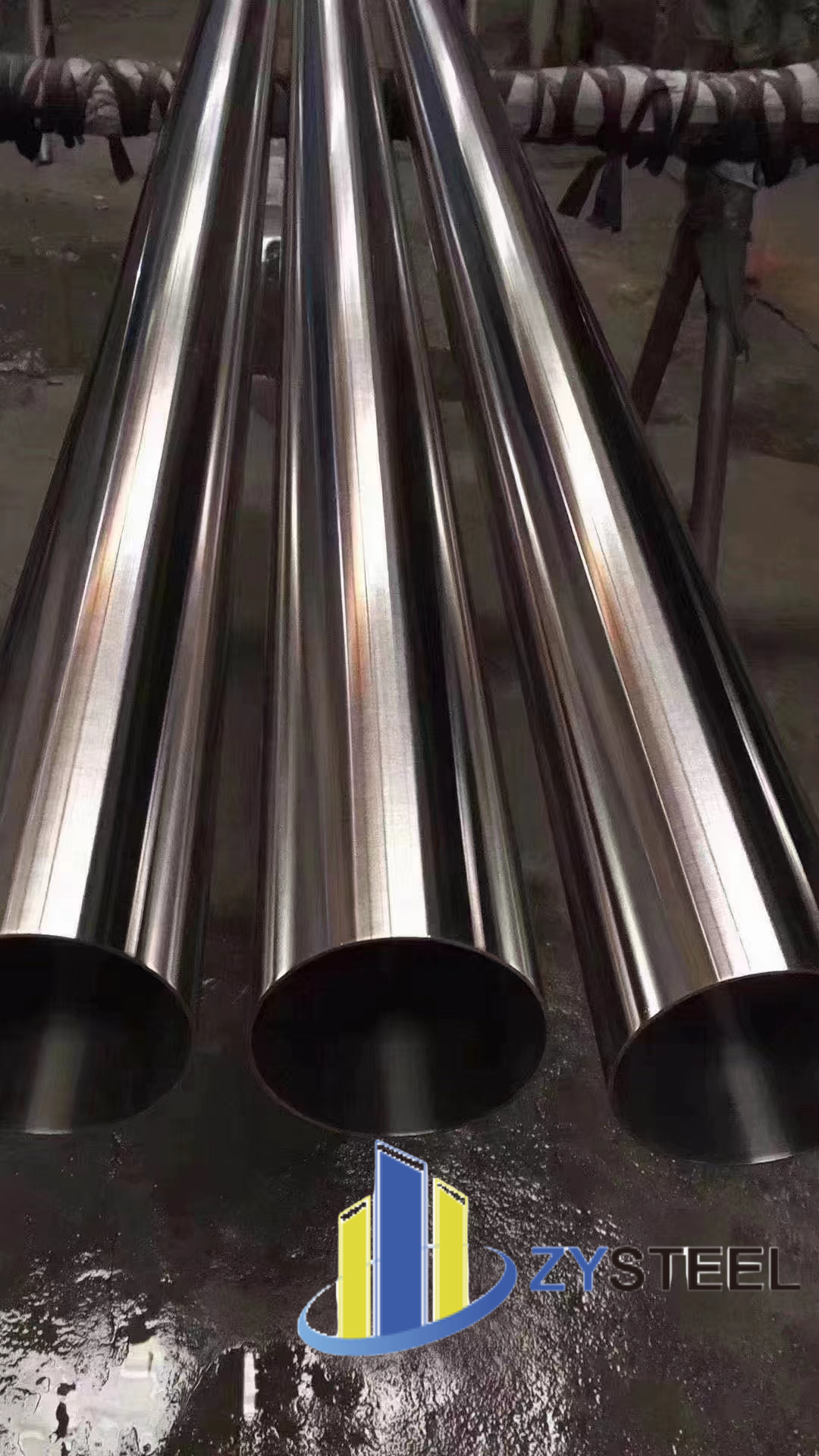A material with good resistance to seawater corrosion and widely used in marine engineering. However, in practical engineering applications, various corrosion damages often occur in the connection parts of this stainless steel, especially in the welding area, resulting in significant losses. Therefore, this article conducts a comprehensive experimental analysis and research on the seawater corrosion characteristics and anti-corrosion mechanism of stainless steel welds. First, the chemical composition, non-metallic inclusion, metallographic structure and intergranular precipitation phase of 904L stainless steel pipe (N08904) welding area (weld, Heat-affected zone, base metal)( σ Experimental studies were conducted on grain size, and the existence of corrosive micro cells was verified through measurement experiments of polarization curves and AC impedance spectra, thus obtaining the mechanism of local corrosion. Then, experimental research is conducted on important factors that affect the corrosion resistance of stainless steel in seawater, such as seawater concentration and welding process. Through experimental analysis, it was found that the microstructure and structural properties of the weld seam area were improved and the corrosion resistance was greatly improved by using the new welding process. In addition, with a seawater salinity of about 3%, the corrosion rate of the weld seam of 904L stainless steel pipe (N08904) is the highest. 
Secondly, a study was conducted on the anti-corrosion methods and protective effects of the weld seam of 904L stainless steel pipe (N08904). Firstly, cathodic protection experiments were conducted on uncoated bare steel using external current to obtain the protection potentials in different areas of the weld seam. After applying cathodic protection, the corrosion of the stainless steel weld seam was significantly reduced; Then, experimental research was conducted on the protective effect of the combination of coating protection and cathodic protection, and the optimal range of protective potential was obtained during the combined protection. The corrosion current density and degree of protection at the optimal protective potential were calculated. Compared with adding anti-corrosion coating alone, the corrosion rate was significantly reduced, indicating that the combined protection technology has better protective effect on stainless steel anti-corrosion.
Post time: Apr-14-2023